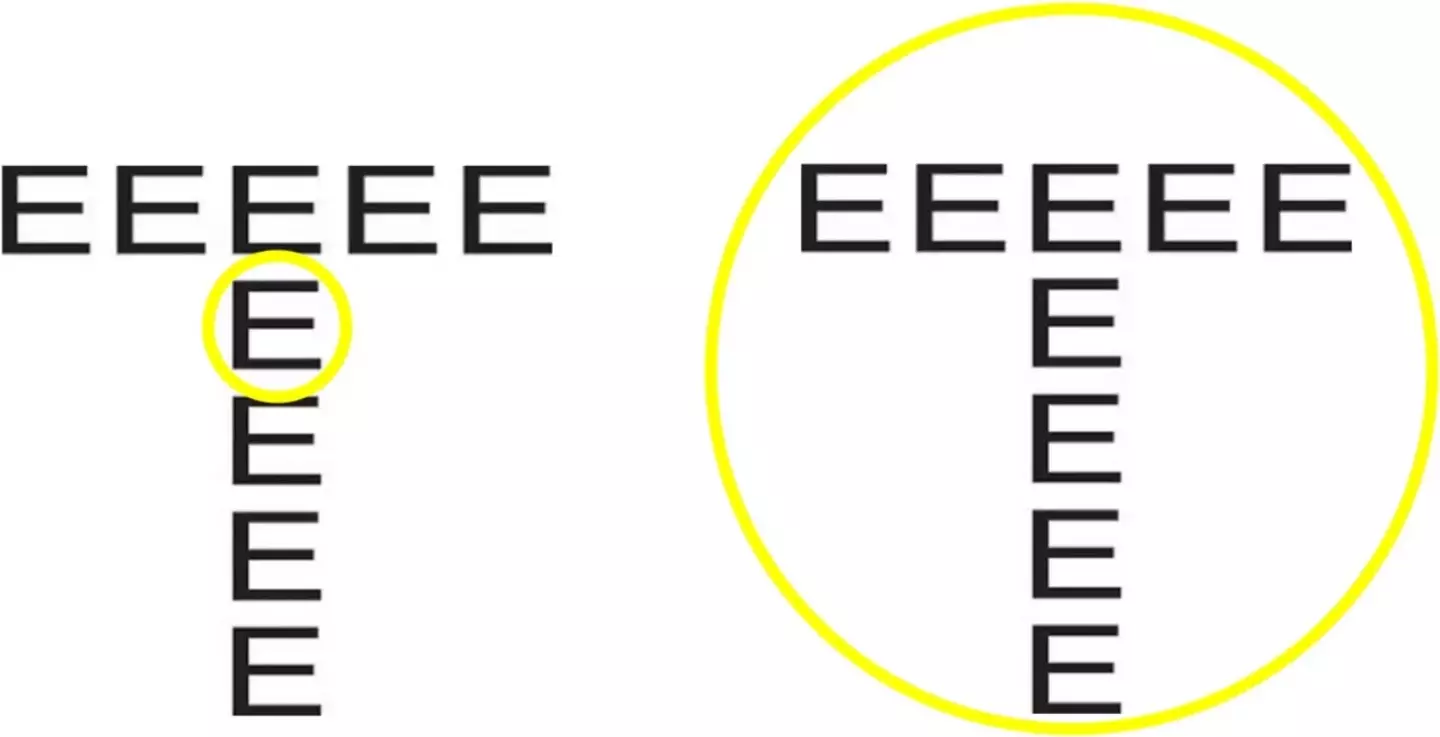A recent investigation has introduced a straightforward test that can identify a key characteristic found in psychopaths. This trait is often associated with characters from classic thrillers and dramas, yet in reality, psychopathic traits are more widespread.
Similar to various aspects of mental health, several assessments exist to determine if an individual exhibits tendencies or traits associated with psychopathy.
Importantly, displaying certain psychopathic traits does not necessarily mean one is a psychopath.
In a new study by Stephanie C Goodhew and Mark Edwards, psychologists from the Australian National University in Canberra, volunteers participated in a test to assess their tendencies.
The methodology was straightforward, involving 236 volunteers aged 18 to 40 who took a computer-based test called the Navon test, where they observed large letters composed of smaller ones.

For instance, a large ‘T’ might be created from smaller ‘Es’. Participants were asked which they noticed first, the larger or smaller letter.
Those scoring higher on psychopathic tendencies had difficulty managing their focus but excelled at perceiving the overall picture.
The researchers focused on traits like antisocial behavior, egocentricity, and callousness.
A report by The Sun noted that these traits were evaluated using the Levenson Self-Report Psychopathy Scale (E-LSRP), a 26-statement questionnaire where participants express agreement or disagreement.

The study concluded that the ability to see the bigger picture might be primarily linked to psychopaths who exhibit strong antisocial behavior. No significant connections were found between egocentricity, callousness, and attentional focus.
Stephanie Goodhew and Mark Edwards, associate professors and co-directors of the Visual Cognition Lab at The Australian National University, discussed the complexities of psychopathy research.
In a conversation with PsyPost, they explained: “Psychopathic personality traits include egocentricity, callousness, impulsivity, and antisocial behavior.
“There is great variability in how much people exhibit these traits.
“Our interest lies in understanding the psychological mechanisms and processes underlying these individual differences.”

